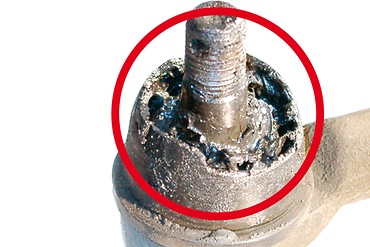They transmit torsional forces occurring between the body and the chassis to the stabilizer of the particular axle. Depending on the design of the front or rear axle, they form the necessary connection for optimal interplay between wheel guidance and stabilizer. The body roll of the vehicle during cornering is minimized, ensuring safe roadholding.
Defective stabilizer link? The symptoms
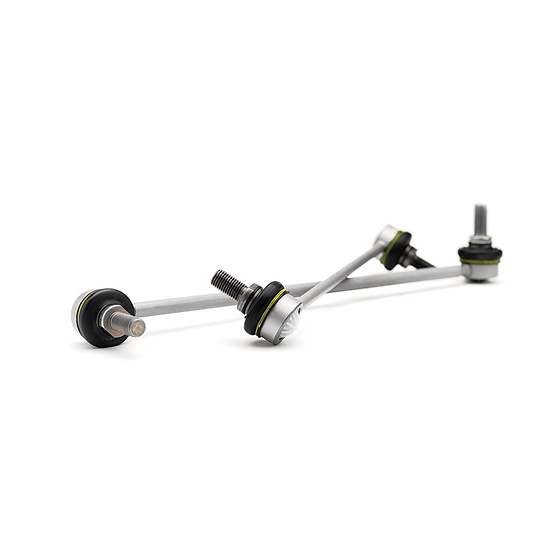
While driving, the following signs may indicate a faulty stabilizer link:
- Rattling and thumping noises on rough roads
- Imprecise vehicle handling
- Stronger inclination of the vehicle during cornering
If the stabilizer link is found to be defective, it should be replaced as described below.
Note: The pictures used in this practical tip and the procedure described for changing the stabilizer link on a Mercedes Benz C220 (S204) are examples and may vary depending on the vehicle manufacturer and axle design.
How-to-guide
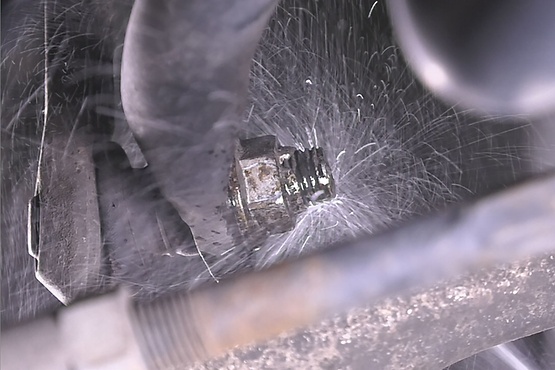
- Raise vehicle and remove front wheels.
- Tip: Always check both stabilizer links and replace them in pairs if necessary.
- Spray fastening nuts of the stabilizer link with rust remover and let act for a few minutes.
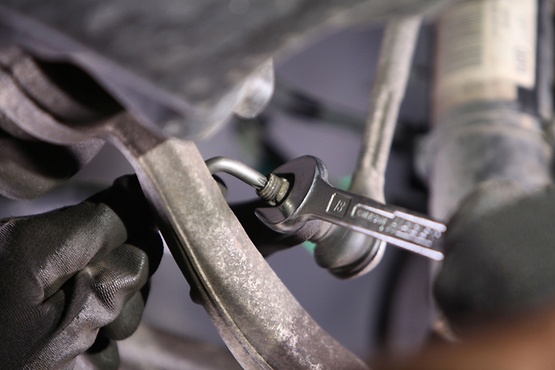
- Loosen the lower fastening nut of the stabilizer link at the stabilizer and remove.
- Tip: If the ball stud also starts to turn, hold it with a suitable tool.
- Press stabilizer link out of torsion bar.

- Loosen the upper fastening nut of the stabilizer link at the suspension strut and remove it.
- Tip: If the ball stud also starts to turn, hold it with a suitable tool.

- Press stabilizer link at suspension strut out of bracket.
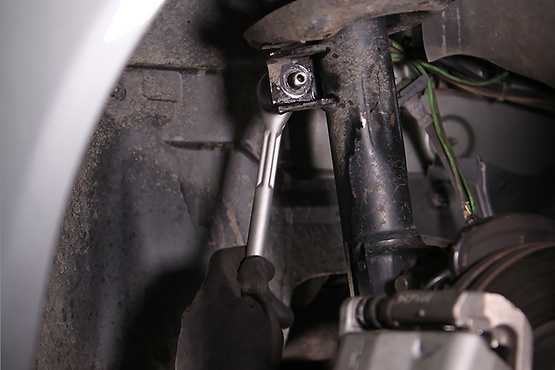
- Insert new stabilizer link at suspension strut.

- Tighten stabilizer link at suspension strut to the tightening torque specified by the vehicle manufacturer!
- Tip: Secure the ball stud against twisting with a suitable tool!
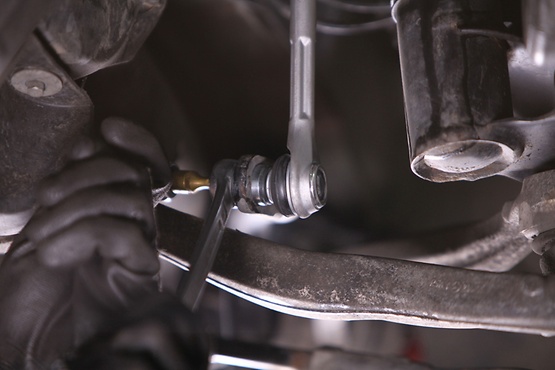
- Insert new stabilizer link at stabilizer.
- Tighten stabilizer link at stabilizer to the tightening torque specified by the vehicle manufacturer!
- Tip: Secure the ball stud against twisting with a suitable tool!

- Remount the front wheels. Lower the vehicle and tighten the wheel studs to the tightening torque specified by the vehicle manufacturer.
- Tip: Even if replacing the stabilizer link does not directly affect the chassis setting, we recommend checking the axle setting and adjusting if necessary after working on the suspension.
- Conclude with a test drive.
ZF Aftermarket product range
Discover the complete portfolio of steering components in our product catalog.
